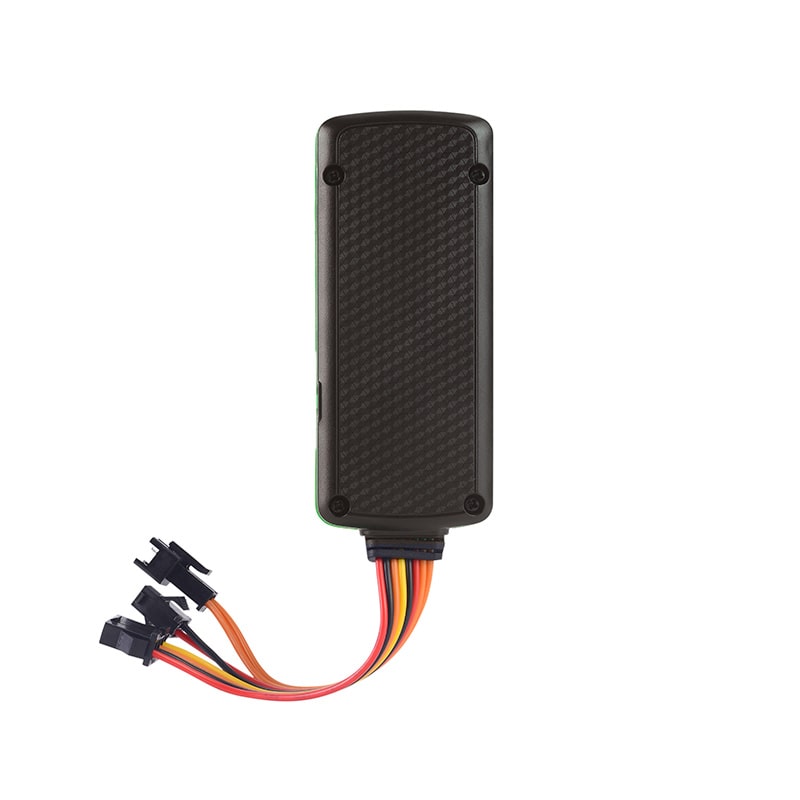NB-IoT technology
Narrowband Internet of Things (NB-IoT) is a standards-based low-power wide-area (LPWA) technology designed to implement various new IoT devices and services. NB-IoT has significantly improved the power consumption of user equipment, system capacity and spectrum efficiency, especially in terms of deep coverage. A wide range of usage conditions can support more than 10 years of battery life. The new physical layer signals and channels are designed to meet the demanding requirements of extended coverage (rural and indoor deep) and ultra-low equipment complexity. The initial cost of the NB-IoT module is expected to be comparable to that of GSM/GPRS. However, the basic technology is much simpler than today's GSM/GPRS, and as demand increases, its cost is expected to drop rapidly.
At present, Narrowband Internet of Things (NB-IoT) technology is making everyone involved in tracking delight, all thanks to its low-power wide-area (LPWA) technology with low energy consumption, high buildings and strong penetration and The range attracts people. (NB-IoT) Narrowband IoT is a starting technology that can provide undeniable advantages in the field of location-based services, especially in the area of asset tracking in closed rooms. It may herald the end of beacons in the logistics field and revolutionize the location-based service industry.
Among other things, NB-IoT enables each radio cell to address up to 50,000 users, so it particularly meets the requirements of the rapidly growing Internet of Things. NB-IoT only requires 200kH bandwidth, so it can run in parallel with the existing LTE radio network. NarrowBand IoT (NB-IoT) is now available in more than 600 locations in Germany, including the cities of Berlin/Potsdam, Cologne/Bonn, Ruhr Area, Mannheim/Heidelberg and Stuttgart. According to Telekom, more than 200 companies from various industries are already using NB-IoT.
One of the reasons is that assets with NB-IoT tags can directly communicate with the server through eSIM without passing through the gateway. NB-IoT is based on regional mobile network coverage. The promised building penetration also allows people to listen attentively. This will make the combination of GPS and BLE (actually simulating GPS indoors) redundant: therefore, people will eventually have only one tracking technology for internal and external use. Therefore, it is no longer necessary to install special sensor infrastructure for enclosed rooms, which is also a cost factor.
Following the trend of social technology, Shenzhen Eelink Company has launched a series of GPS such as the Internet of Things NB1/CAT M1 vehicle tracking device TK418, which replaces TK319-L, 4G LTE/NB-iot long-life battery tracker for vehicle/asset tracking, etc. Tracker, to meet your various needs, if necessary, please contact us.
Tags: NB-IoT technology, NB-IoT
- Contact EELINK
 Globalsales@eelink.com.cn
Globalsales@eelink.com.cn tan3051_1
tan3051_1 +86 18218746415
+86 18218746415
- NEWSLETTER
- Getting the latest GPS devices news From Eelink.
- SUBSCRIBE
